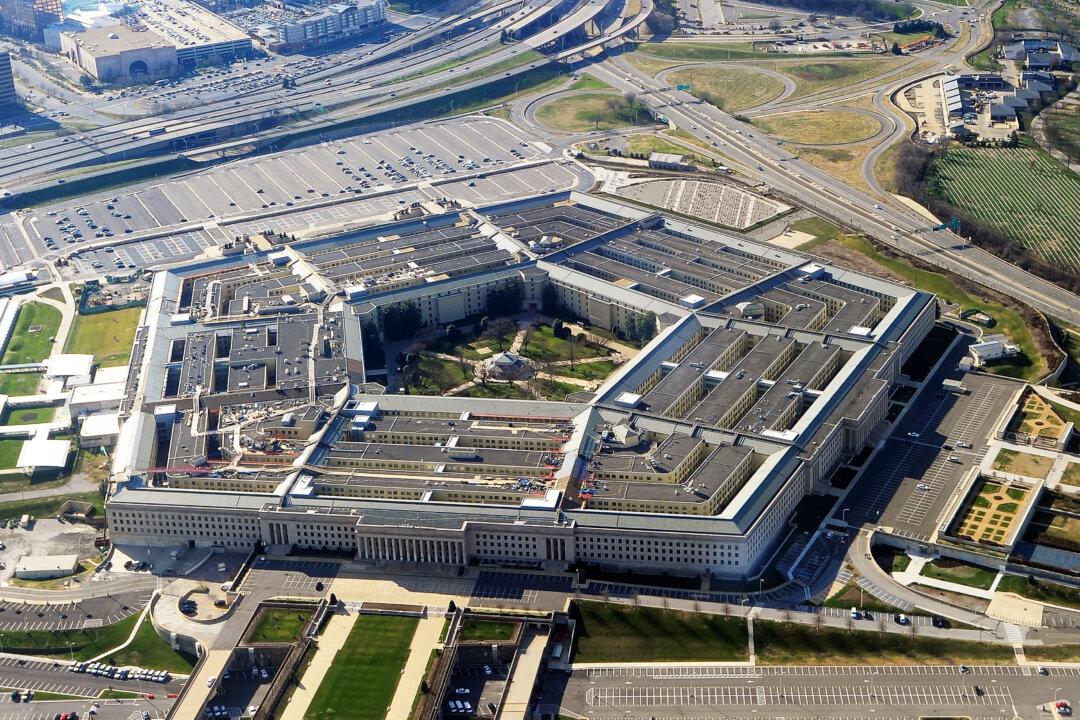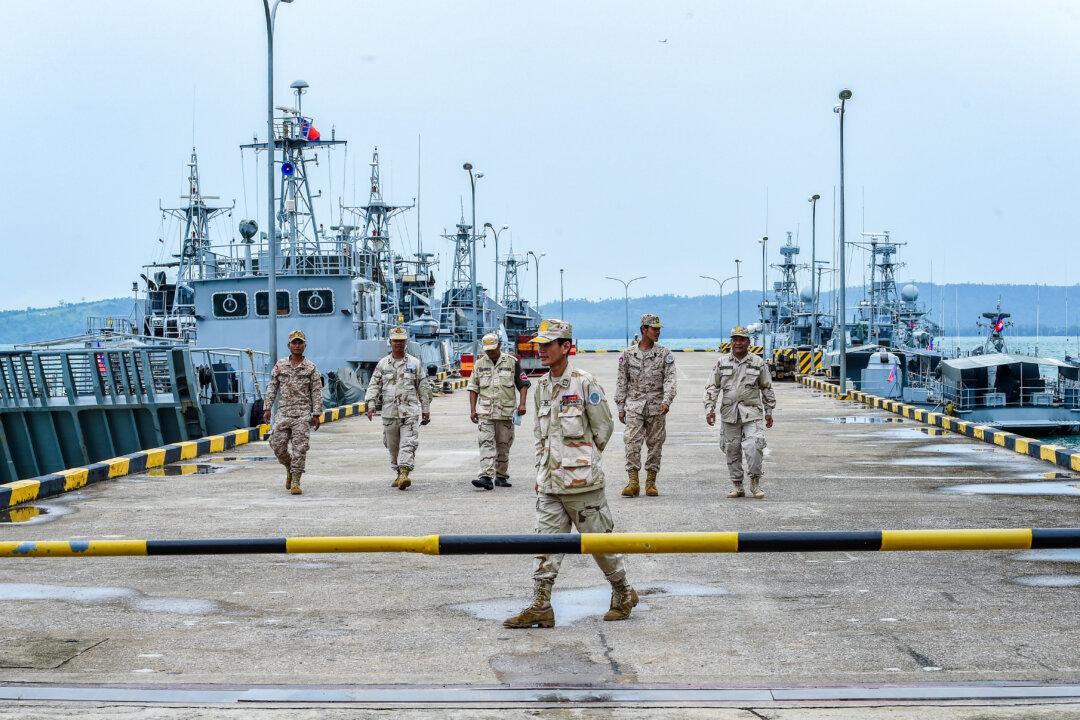News Analysis
The first-ever Department of Defense (DOD) National Defense Industrial Strategy is a major step toward countering China but may be lacking in plans for implementation, according to some experts.
At a time when the United States and its allies are de-risking and slowly decoupling from supply chains controlled by the Chinese Communist Party (CCP), the DOD has released its first National Defense Industrial Strategy (NDIS), which recognizes China as the primary threat to the United States. However, it is unclear how the DOD will implement the plan or what actions it will take.
Recognizing that military and industrial strength must be integrated, the Defense Department stated that the NDIS aims to create “a modern, resilient defense industrial ecosystem designed to deter U.S. adversaries and meet the production demands posed by evolving threats.”
At the press conference for the official release of the strategy, held at the Pentagon on Jan. 11, Laura D. Taylor-Kale, assistant secretary of defense for industrial base policy, said that the strategy was urgently needed “to shore up the defense industrial base as U.S. adversaries build up their military power to levels not seen since World War II,” according to the press release.
She specifically cited China as an increasing threat to the international order. Ms. Taylor-Kale went on to say that the NDIS was integral for the United States to continue to support the fight against Russia in Ukraine and Hamas in Israel, as well as deter the Chinese regime from invading Taiwan and addressing the ongoing threat from North Korea.
CCP Threat
While the NDIS recognizes other threats, it is largely focused on China and the Indo-Pacific, where the CCP is threatening U.S. allies and freedom of navigation, fishing rights, and resource use in some of the most crucial waterways on the planet.Victor Cha, senior vice president for Asia and Korea Chair at the Center for Strategic and International Studies (CSIS), confirmed the necessity of the NDIS to counter China, which he sees as the primary threat to the United States. The first paragraph of the NDIS states that the strategy is needed because “Increasingly coercive actions taken by the People’s Republic of China demonstrate its intent to reshape the Indo-Pacific region and broader international system to fit its authoritarian preferences, and the Russian Federation’s invasion of Ukraine underscores the acute threat it poses.”
The threat from the CCP comes in the form of not only a direct military threat but also an economic threat, a threat to democracy, and a technological threat. For this reason, the NDIS specifically mentions strengthening the defense industrial base, including logistics systems and relevant global supply chains, shielding them from subversion, including technology theft by the Chinese regime.
Stolen technology is used to modernize the People’s Liberation Army (PLA), build weapons, and find ways of circumventing U.S. security systems. Kari A. Bingen, former deputy undersecretary of Defense for Intelligence and Security, told CSIS that China currently has at least 10 mega-weapons projects underway, each as significant as the Manhattan Project.
Aside from intellectual property theft, the Chinese regime aims to control crucial applications in the technology sector. This involves replacing Google and Microsoft with CCP-approved apps and technologies, granting Beijing the authority to dictate their usage and censor shared information. The CCP is using stolen technology as well as allocating money earned from U.S. investments and trade toward the development of artificial intelligence, space, and quantum computing technologies.
Ms. Bingen pointed out that China is becoming a surveillance state, with the central government able to monitor and control the population to an extreme degree, and that the CCP wants to impose that same level of control beyond China’s borders.
Over the next three to five years, the goal of the NDIS is to modernize the defense industrial ecosystem by focusing on four key areas: resilient supply chains, workforce readiness, flexible acquisition, and economic deterrence.
Ms. Taylor-Kale said that NDIS is “part of the effort to reenergize U.S. manufacturing and build the kind of modernized defense industrial ecosystem we need to enable our national defense strategy.” In concrete terms, the NDIS will strengthen economic security by diversifying and expanding the defense industrial and supplier bases. This means increasing production methods while guarding against cyber threats to the supply chain. There will be more investment in skill development programs and the development of an advanced manufacturing workforce pipeline. Flexible acquisition strategies will be implemented, prioritizing off-the-shelf acquisition of commercial products and components, where possible. And there will be greater sharing of technology with allied nations.
On the one hand, the arrival of an NDIS is welcomed news, as America’s dependence on supply chains controlled by China is a major weakness in national defense. On the other hand, the American Enterprise Institute (AEI) criticized the NDIS, stating that it “Describes the problem, not the solution.”
AEI felt that the NDIS was merely repackaging old solutions and calling them new rather than making concrete corrections to previous policies, particularly in procurement, which were dampening U.S. industrial vibrancy. It made faulty assumptions about the attrition of equipment during conflict and did not outline actionable and measurable solutions that the DOD could take to remedy these problems. In AEI’s estimation, this was another example of a disconnect between DOD policy, programming, and budgeting.
AEI recommends that “The Pentagon should update these strategies, propose budgets actually sufficient to support them, focus on its core functions, modernize its resourcing and acquisition processes, and prioritize procurement of both capability and capacity.”







